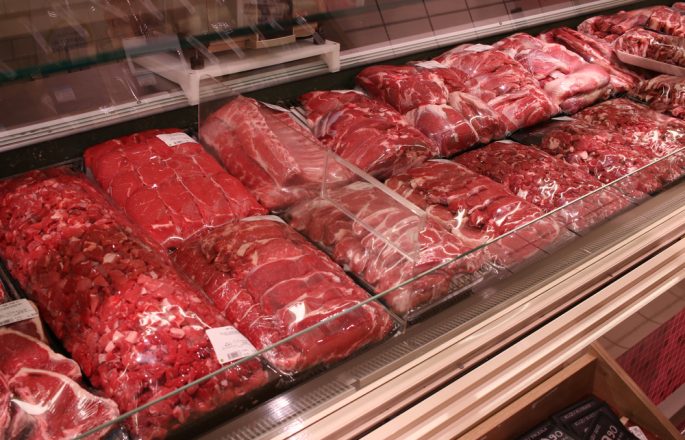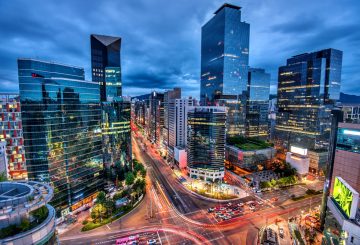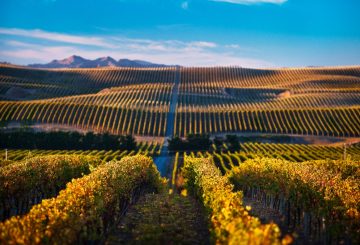埃及的乳制品和肉类出口商只需要获得政府批准的一家新公司的清真认证,批评家担心这将对未来的贸易产生 “令人不寒而栗” 的影响。
“IS EG Halal” 由埃及政府成立,是负责对从埃及进出口的所有动物产品进行清真认证的国家实体。根据穆斯林食品习俗,清真食品是指适合食用的食物。
截至 6 月 30 日的一年,新西兰对埃及的乳制品出口约为 2.21 亿美元,肉类出口约 900 万美元。
新西兰第一产业部(MPI)市场准入主管史蒂夫·安斯沃思表示,IS EG Halal 对从美洲进口的肉类进口进行认证已有大约 18 个月的时间,并从 8 月 1 日起开始对所有全球进口进行认证。
像奶制品和肉类加工场所一样,向埃及的新西兰出口商需要在 IS EG Halal 注册,并为每批货物申请清真证书,而不是从 MPI 批准的清真组织那里获得清真证书。
MPI 和外交和贸易部 “积极与埃及政府接触”,并正在就这种情况与业界密切合作。






























































